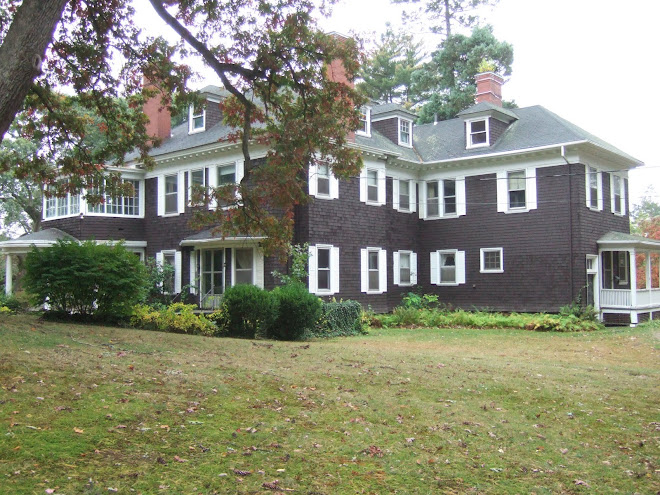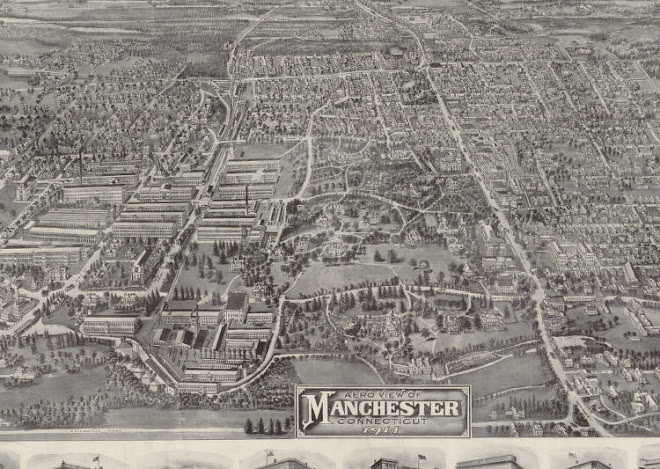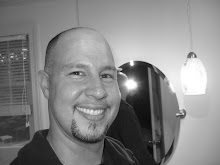Built in 1896, the house is one of the 13 mansions built by the Cheney's over a 150 year period.
The house, known as the Horrace Bushnell Cheney Mansion was designed by (architect unknown) and built by (unknown).
Built for Horace Bushnell Cheney who was the son of Frank Woodbridge Cheney and Mary Bushnell Cheney.
Horrace was married to Mary Pierson they had three sons and two daughters.
The house is in the National Cheney Historic District and is also on the National Register of Historic Places.
The house was purchased around 1950, by the Fisher family, who had lived in the home for a short 8 years. The Fishers owned and operated local and successful dry cleaning establishments.
In February of 1958, the house was purchased by Thomas F. and Vivian Firato Ferguson. The Fergusons paid $38,000 for the home, which was a relatively high price, yet a 'good deal' for that time. They remodeled the house extensively and moved in with their three children in August of that year. The remodeling project included a new kitchen, two new bathrooms and cosmetic renovations in each room.
During the years that the Ferguson family occupied the house, it was a site of many, many elegant gala events and parties. Guests in the home included Governor Thomas Meskill, U.S. Senator Lowell Weiker, as well as the Lord Mayor and Lady Mayoress of Manchester, England.
Mr. Ferguson was the owner and publisher of the Manchester Evening Herald. He sold the business in 1972 to Hagadone Industries. They in turn sold the bussiness to Scripps League of Newspapers who closed the doors in 1990.
Mrs. Ferguson is well known in town as a former elected official, newspaper columnist and current Town Historian.
The Fergusons were privileged to have spent 51 years in the Horace Bushnell Cheney mansion.
The house was sold to a family in Dec of 2009. The fourth family to live in the house over its 114 year life. The house is currently undergoing a full restoration bringing this propery as closely as possible to an early 1900 period.
Saturday, January 2, 2010
A little History on the Cheneys:
Understanding the Similarities and Differences of Two Connecticut Families
The Cheney Family Biography
Compiled by Rebecca Furer
The first Cheney to settle in Connecticut was Benjamin, who purchased land in East Hartford in 1723. His son Timothy built the Cheney Homestead in what later became Manchester in 1757. The house was inhabited by Cheney family members from 1757 until 1970.
Timothy's son George was the father of eight sons. Together several of the sons founded Cheney Brothers silk mills, once the largest silk weaving company in the nation. Part of Cheney Brothers' early success was due to brother Frank Cheney's (1817-1904) invention of a machine for making silk thread, which he patented in 1847. Cheney Brothers was not just a company, but a world of its own. The Cheney compound in Manchester included not only the mill buildings, but also about twenty-five Cheney family homes, schools, churches, meeting halls, a fire station, a library, and boarding houses for Cheney Brothers employees.
As the company grew, so did the prolific Cheney family. Most of the photographs featured in Connecticut History Online show descendants of Charles Cheney (1803-1874). Charles' son Frank Woodbridge Cheney (1832-1909) became the director of the mills in 1854 and ran the company during its heyday from the late 19th-early 20th century. Frank traveled to China, then the world's leading supplier of silk, and later became one of the earliest American businessmen to travel to Japan in search of trade.
After Frank W. Cheney's death in 1909, his son Horace Bushnell Cheney (1868-1936) took over as general manager of the company. In addition to managing the mills, Horace B. wrote extensively on silk and the silk industry, served as Manchester selectman in the early 1900s and as chairman of the legislative committee of the National Federation of Textiles. Horace B. and his wife Mary Pierson Cheney (1874-1949) had five children: H. Bushnell, born in 1899; Antoinette, born in 1901; Stephen, born in 1903; Roger, born in 1907; and Hannah, born 1912. In the children's generation there were forty-three first cousins, most of them growing up on the family land in Manchester. Most of the Cheney men were employed in the family business.
Trouble started for Cheney Brothers with the invention of rayon in the 1920s. Rayon, a man-made fiber, had a more consistent quality than natural silk and was much cheaper to produce. Cheney Brothers suffered significantly from the new competition in the textile industry and the onset of the Great Depression in 1929. The Cheney mills began to close in the 1930s. Despite a small resurgence during World War II, when the company produced parachutes for the war effort, the company never recovered. The last of the Cheney mills closed in the 1980s, although the descendents of this silk-manufacturing dynasty live on in Connecticut and around the country.
Of the children of Horace B. Cheney, H. Bushnell died young, at the age of thirty. Stephen was placed in a mental hospital, where he died in 1968. Antoinette wrote a Cheney family memoir, published in 1977. Roger became an artist and designer. After working for several years at Cheney Brothers, he moved to Santa Fe, New Mexico, with his wife Susie. There he designed and supervised the construction of weaving equipment in New Mexico and started his own weaving studio. He died in 1990. Hannah became the keeper of her father's photographs and donated them to the Connecticut Historical Society in the 1980s.
The Cheney Family Biography
Compiled by Rebecca Furer
The first Cheney to settle in Connecticut was Benjamin, who purchased land in East Hartford in 1723. His son Timothy built the Cheney Homestead in what later became Manchester in 1757. The house was inhabited by Cheney family members from 1757 until 1970.
Timothy's son George was the father of eight sons. Together several of the sons founded Cheney Brothers silk mills, once the largest silk weaving company in the nation. Part of Cheney Brothers' early success was due to brother Frank Cheney's (1817-1904) invention of a machine for making silk thread, which he patented in 1847. Cheney Brothers was not just a company, but a world of its own. The Cheney compound in Manchester included not only the mill buildings, but also about twenty-five Cheney family homes, schools, churches, meeting halls, a fire station, a library, and boarding houses for Cheney Brothers employees.
As the company grew, so did the prolific Cheney family. Most of the photographs featured in Connecticut History Online show descendants of Charles Cheney (1803-1874). Charles' son Frank Woodbridge Cheney (1832-1909) became the director of the mills in 1854 and ran the company during its heyday from the late 19th-early 20th century. Frank traveled to China, then the world's leading supplier of silk, and later became one of the earliest American businessmen to travel to Japan in search of trade.
After Frank W. Cheney's death in 1909, his son Horace Bushnell Cheney (1868-1936) took over as general manager of the company. In addition to managing the mills, Horace B. wrote extensively on silk and the silk industry, served as Manchester selectman in the early 1900s and as chairman of the legislative committee of the National Federation of Textiles. Horace B. and his wife Mary Pierson Cheney (1874-1949) had five children: H. Bushnell, born in 1899; Antoinette, born in 1901; Stephen, born in 1903; Roger, born in 1907; and Hannah, born 1912. In the children's generation there were forty-three first cousins, most of them growing up on the family land in Manchester. Most of the Cheney men were employed in the family business.
Trouble started for Cheney Brothers with the invention of rayon in the 1920s. Rayon, a man-made fiber, had a more consistent quality than natural silk and was much cheaper to produce. Cheney Brothers suffered significantly from the new competition in the textile industry and the onset of the Great Depression in 1929. The Cheney mills began to close in the 1930s. Despite a small resurgence during World War II, when the company produced parachutes for the war effort, the company never recovered. The last of the Cheney mills closed in the 1980s, although the descendents of this silk-manufacturing dynasty live on in Connecticut and around the country.
Of the children of Horace B. Cheney, H. Bushnell died young, at the age of thirty. Stephen was placed in a mental hospital, where he died in 1968. Antoinette wrote a Cheney family memoir, published in 1977. Roger became an artist and designer. After working for several years at Cheney Brothers, he moved to Santa Fe, New Mexico, with his wife Susie. There he designed and supervised the construction of weaving equipment in New Mexico and started his own weaving studio. He died in 1990. Hannah became the keeper of her father's photographs and donated them to the Connecticut Historical Society in the 1980s.
Subscribe to:
Posts (Atom)



.jpg)

.jpg)